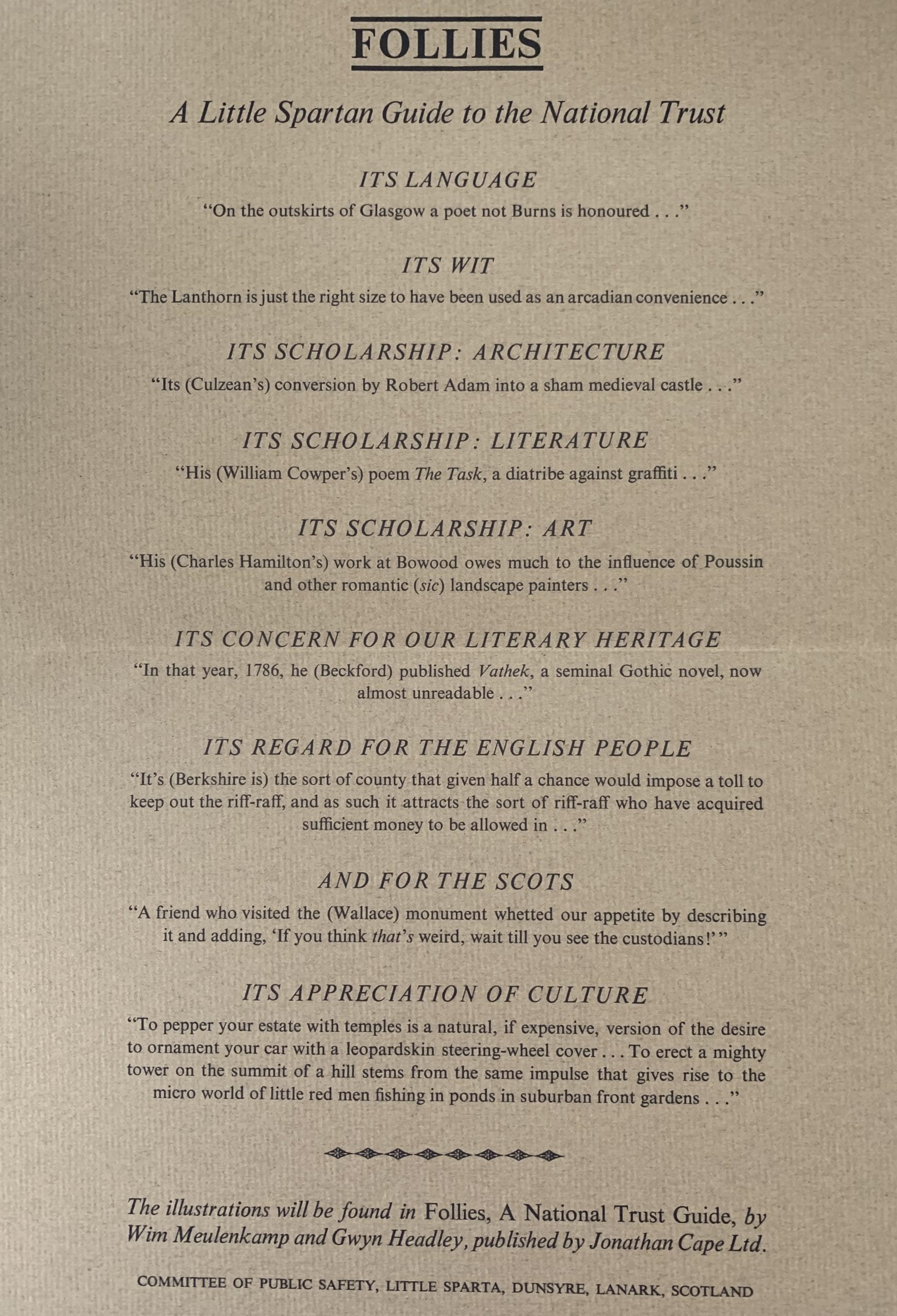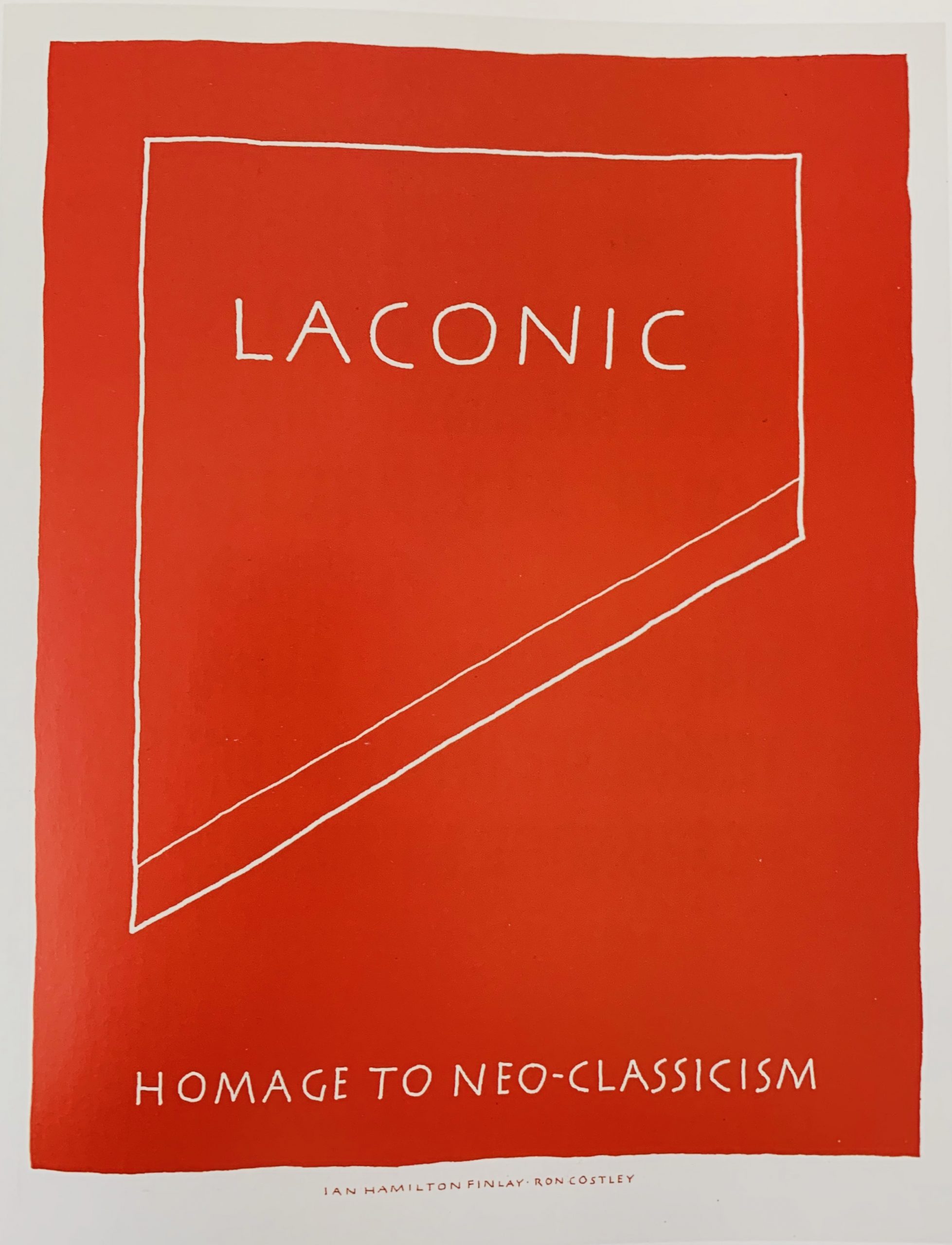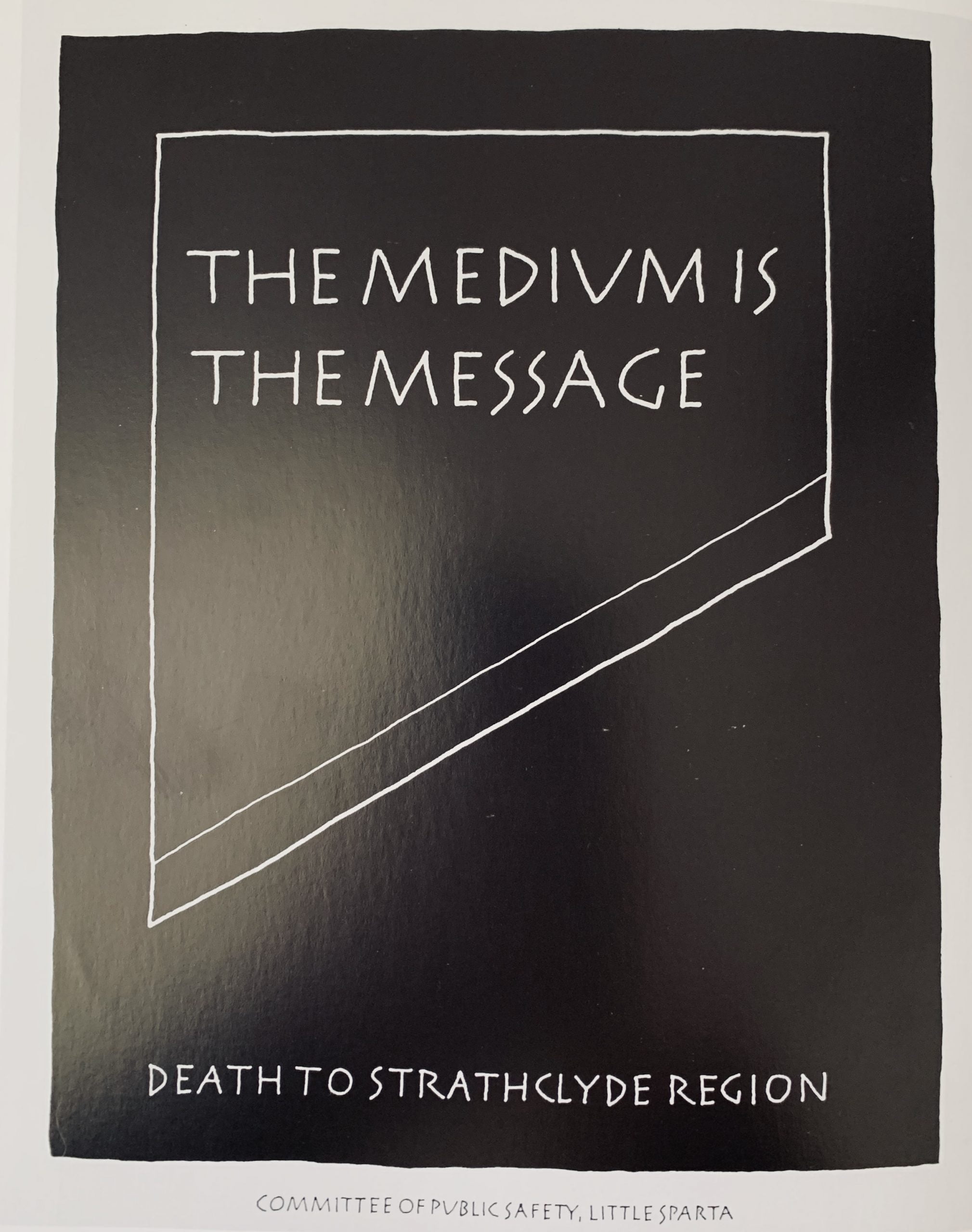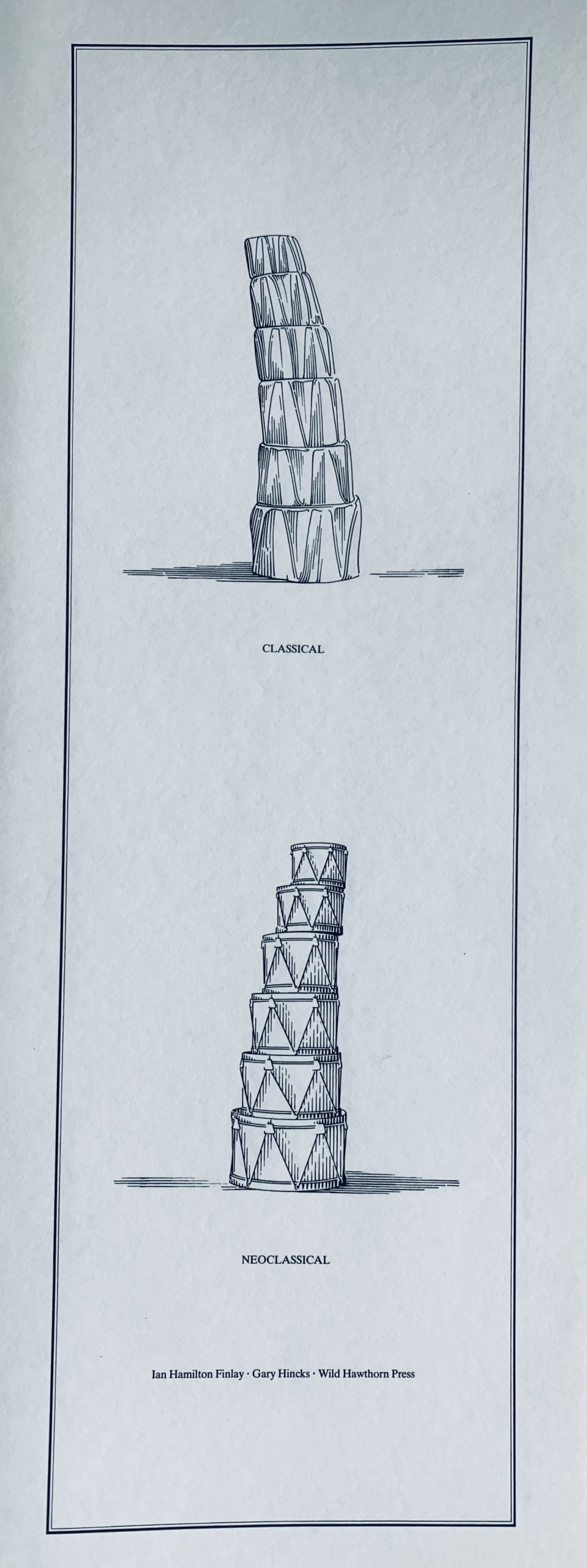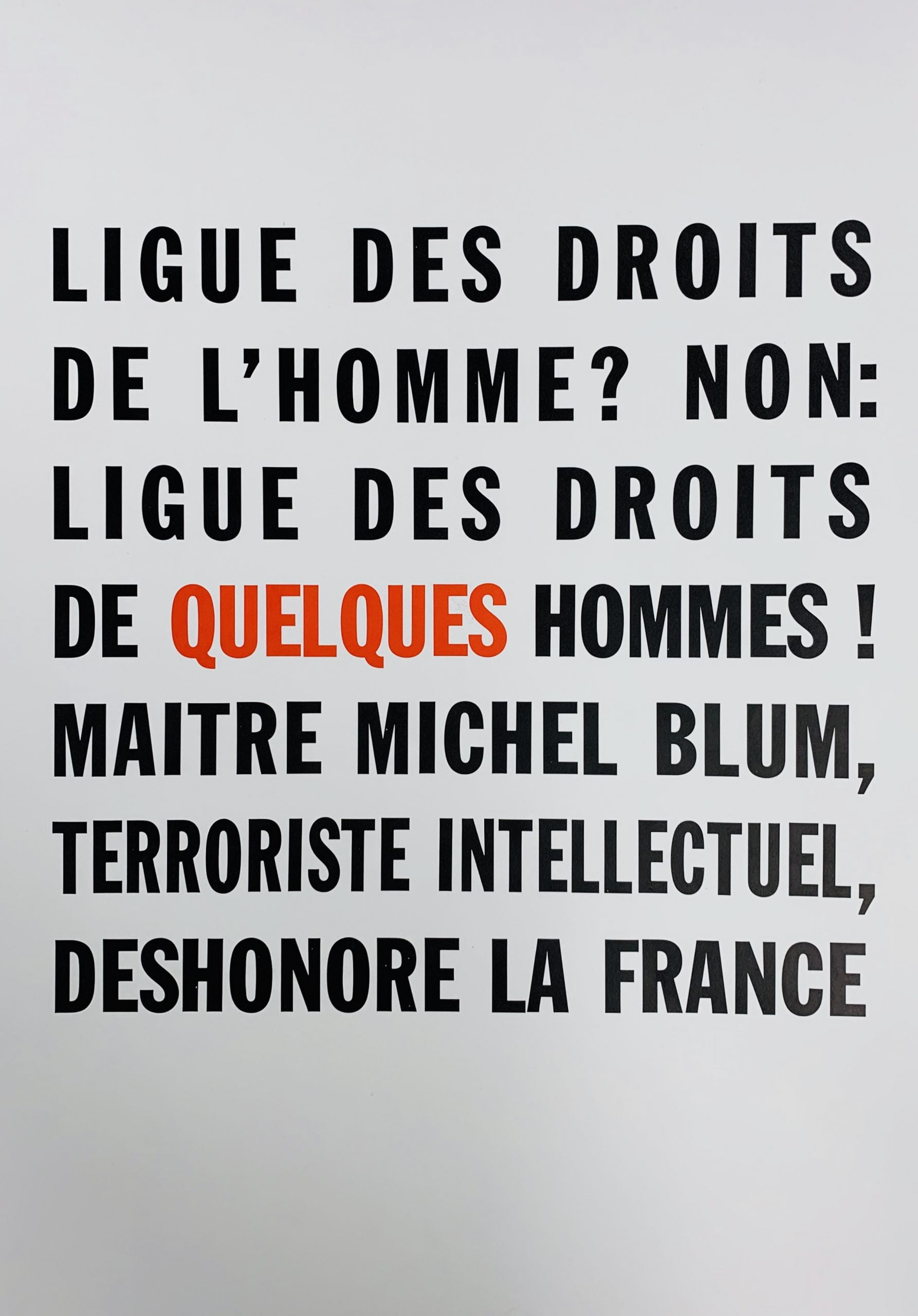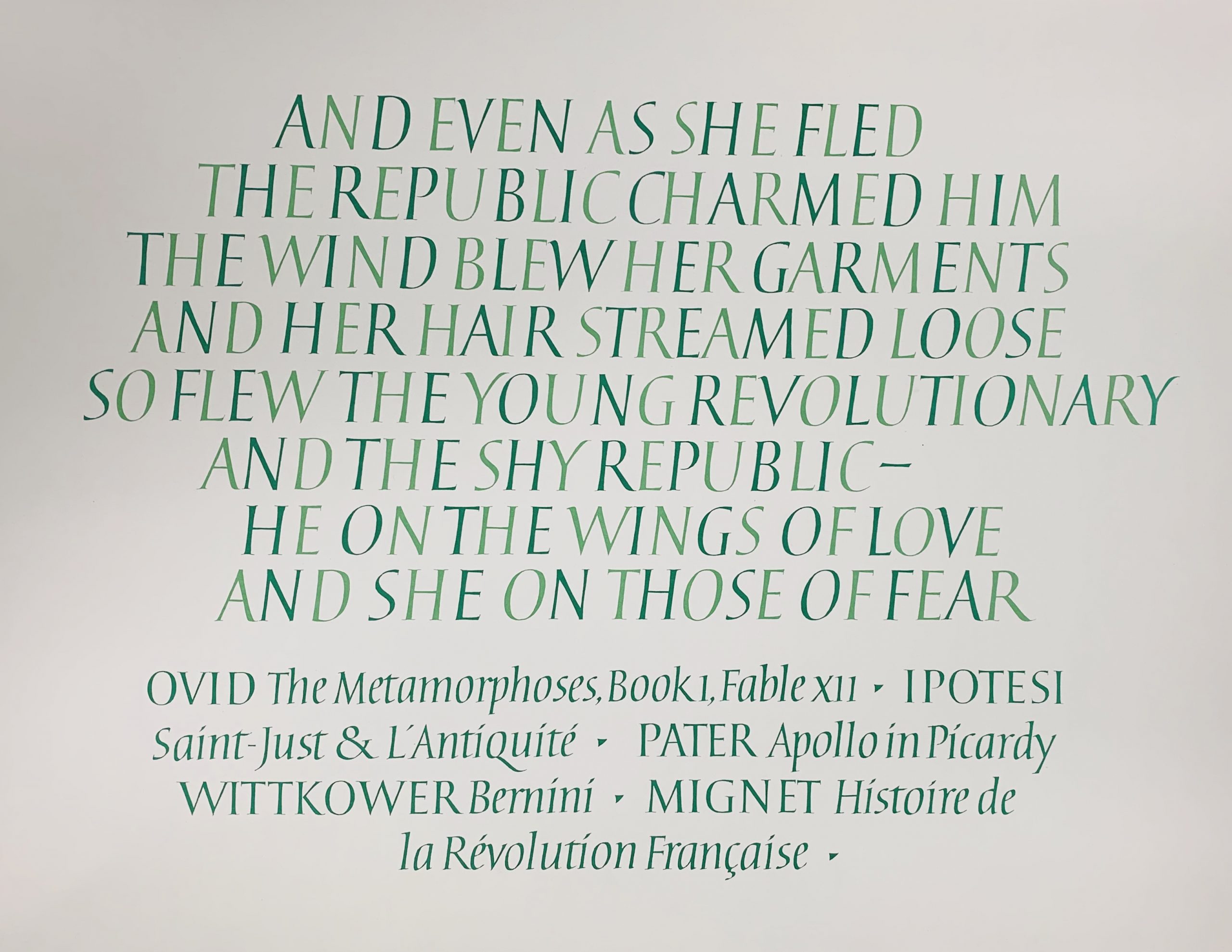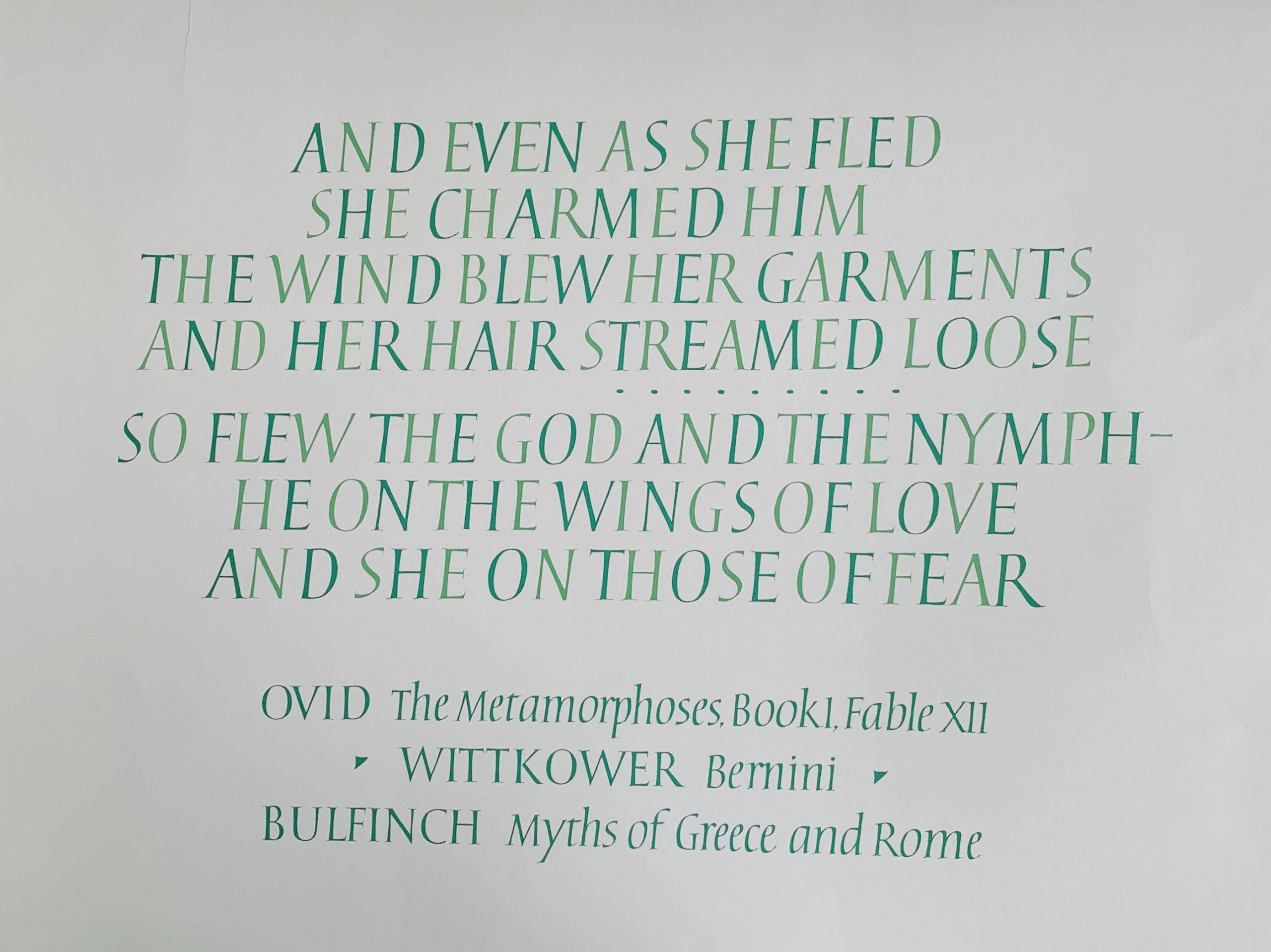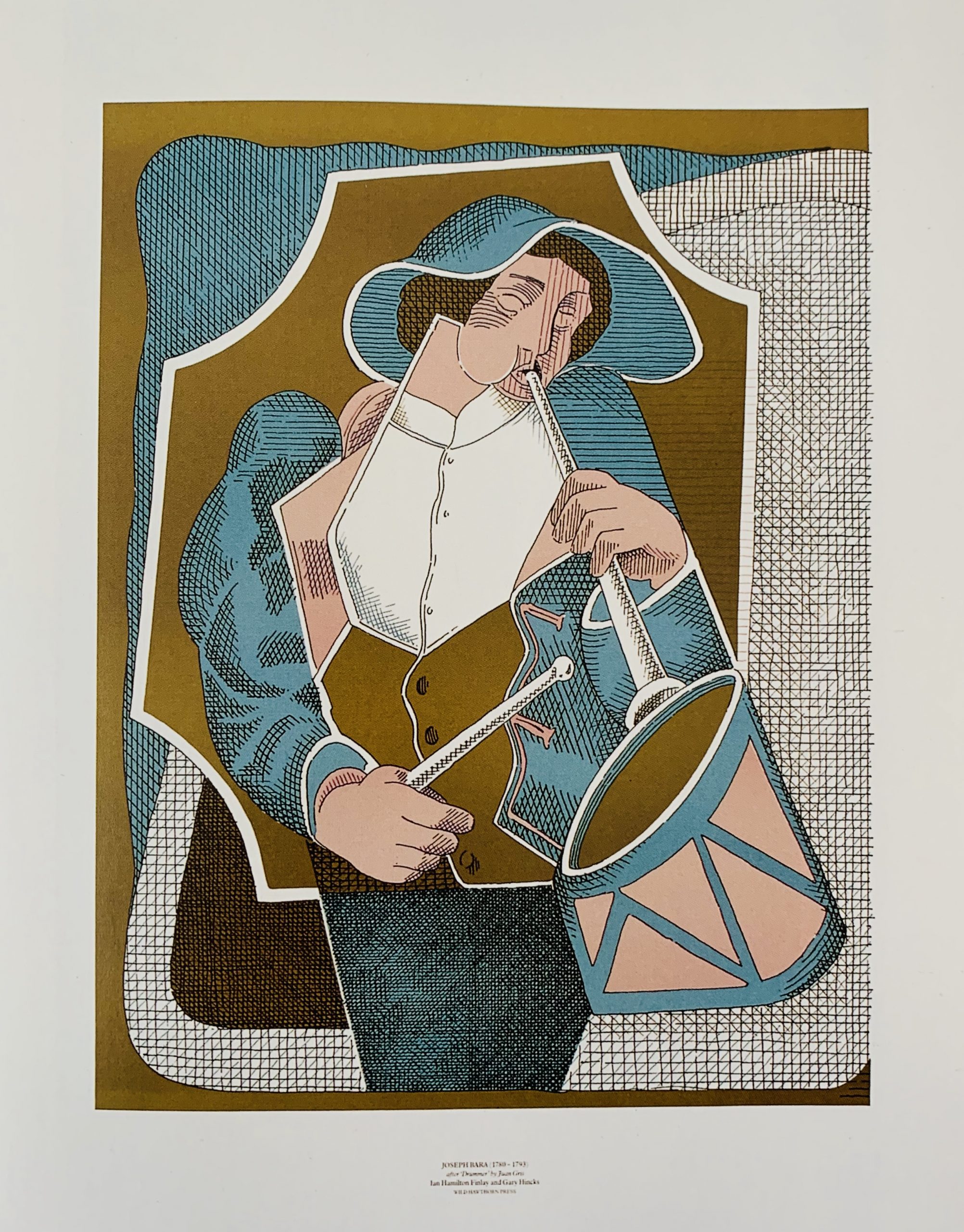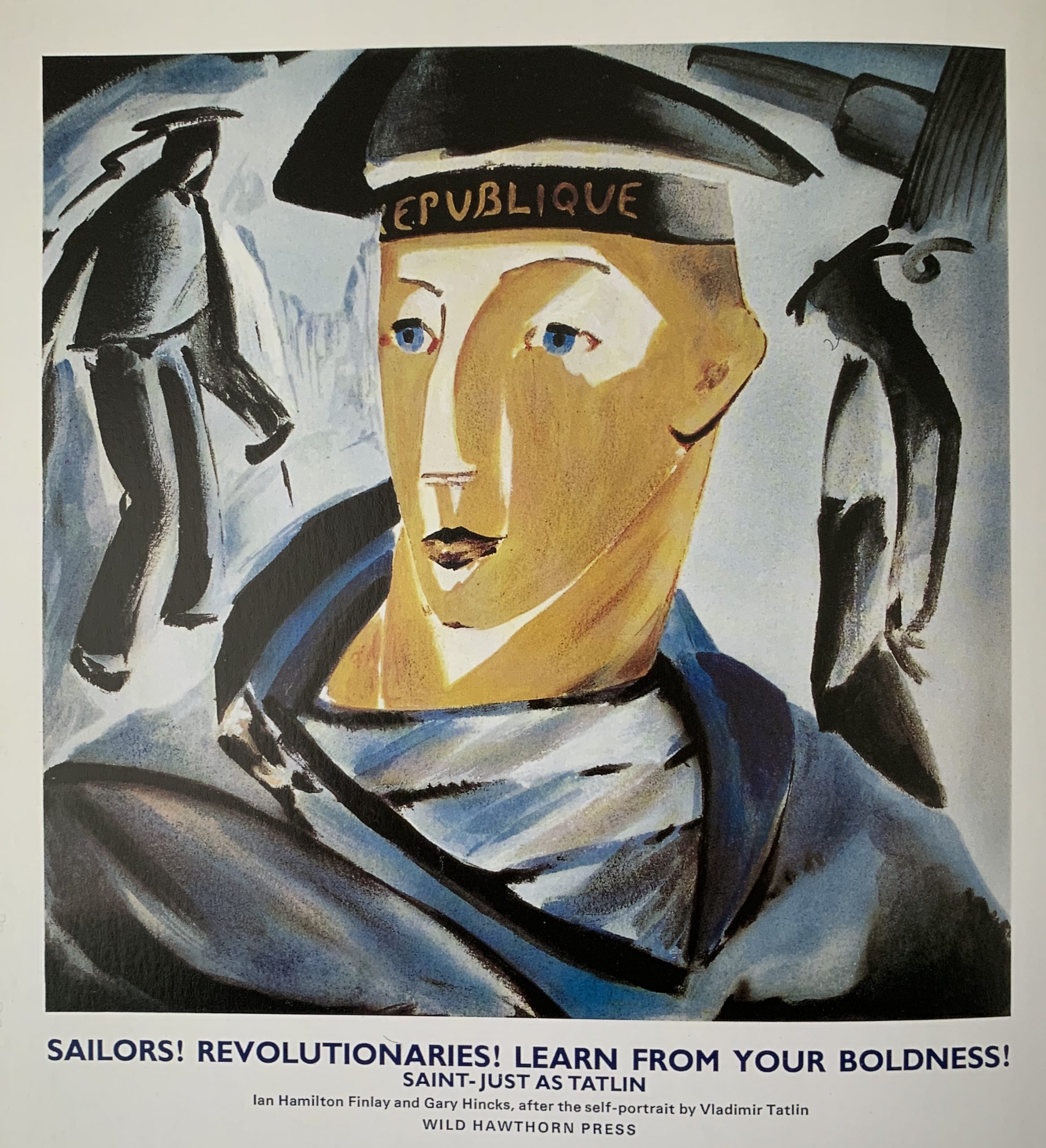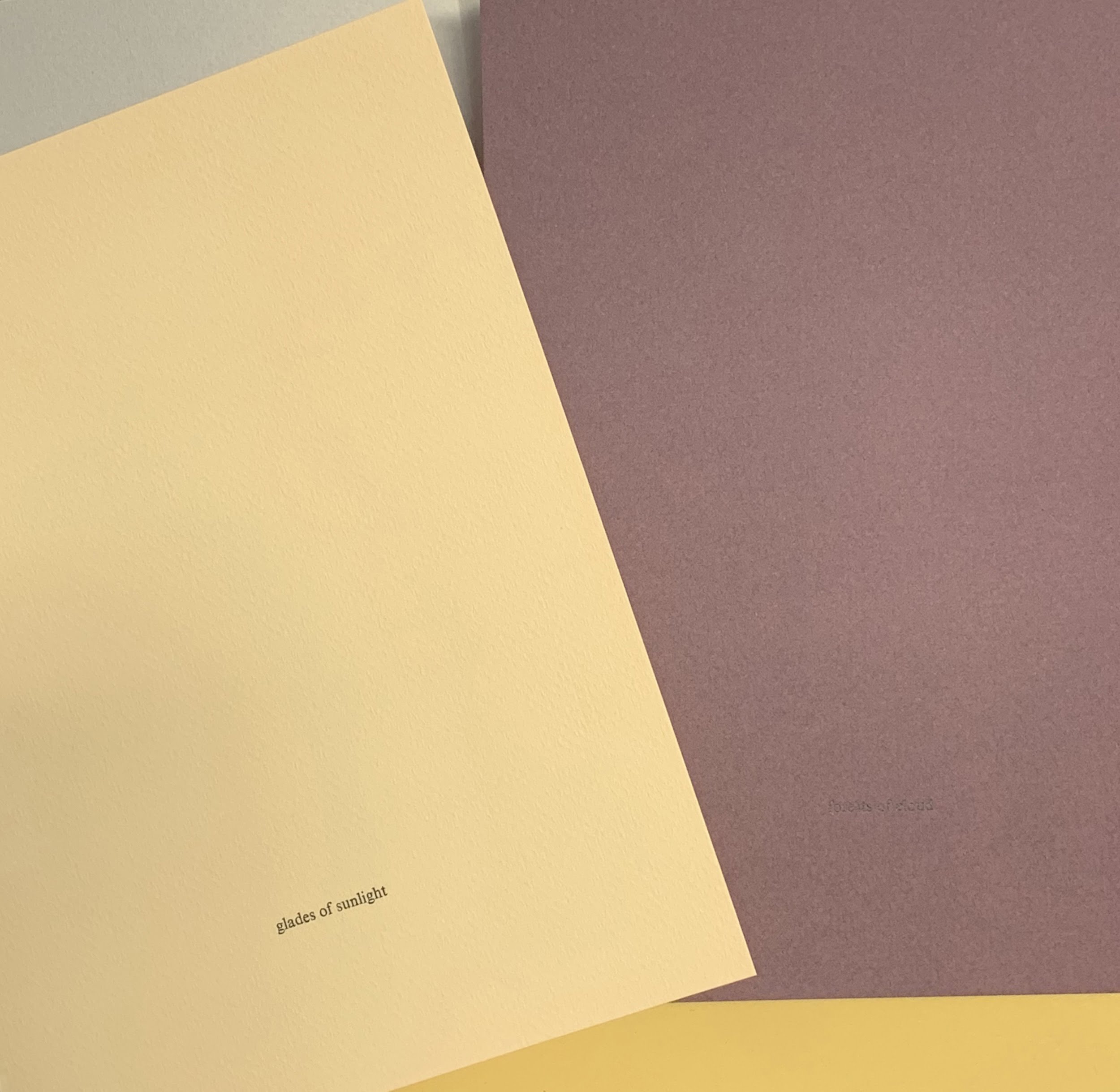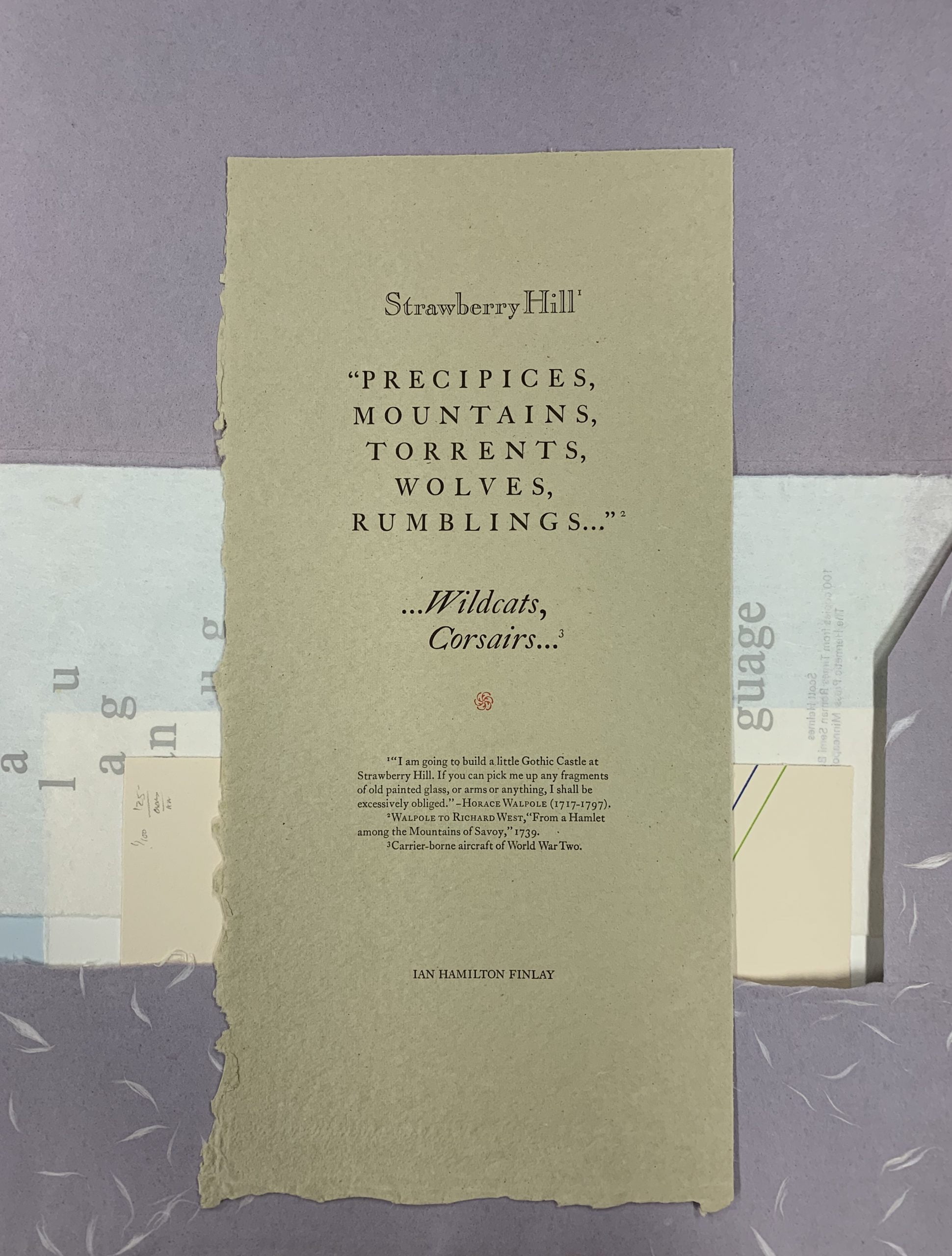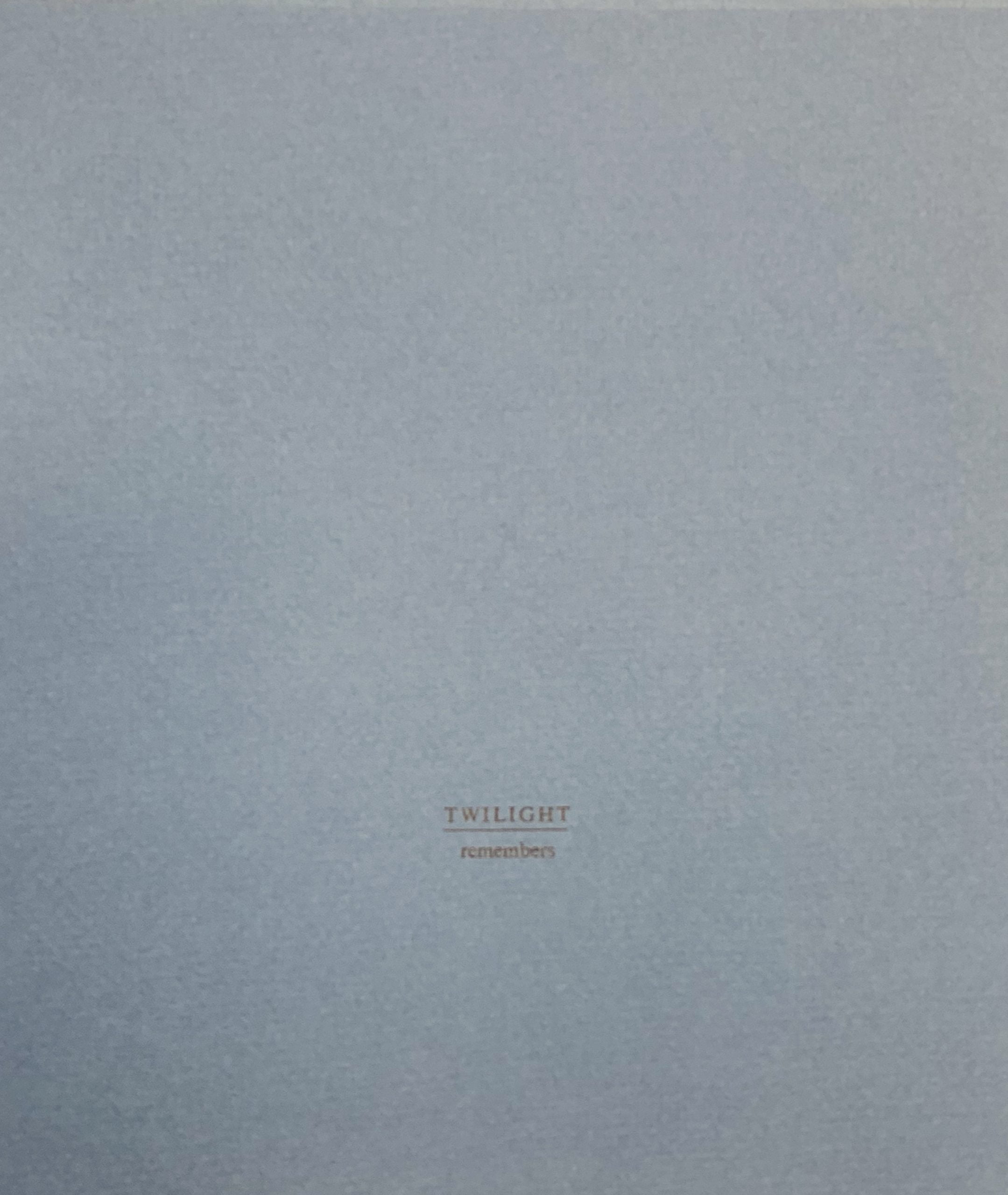06 Jul FOLLIES. 1987.
Little Sparta: Wild Hawthorn Press, 1987
29.6 x 21cm, BLACK on light brown offset lithograph with a series of small digs at the National Trust by quoting the most absurd parts of the "Follies, A National Trust Guide" that had so offended the poet - such as:
ITS REGARD FOR THE ENGLISH PEOPLE
"It's (Berkshire is) the sort of county that given half a chance would impose a toll to keep out the riff-raff, and as such it attracts the sort of riff-raff who have acquired sufficient money to be allowed in...

